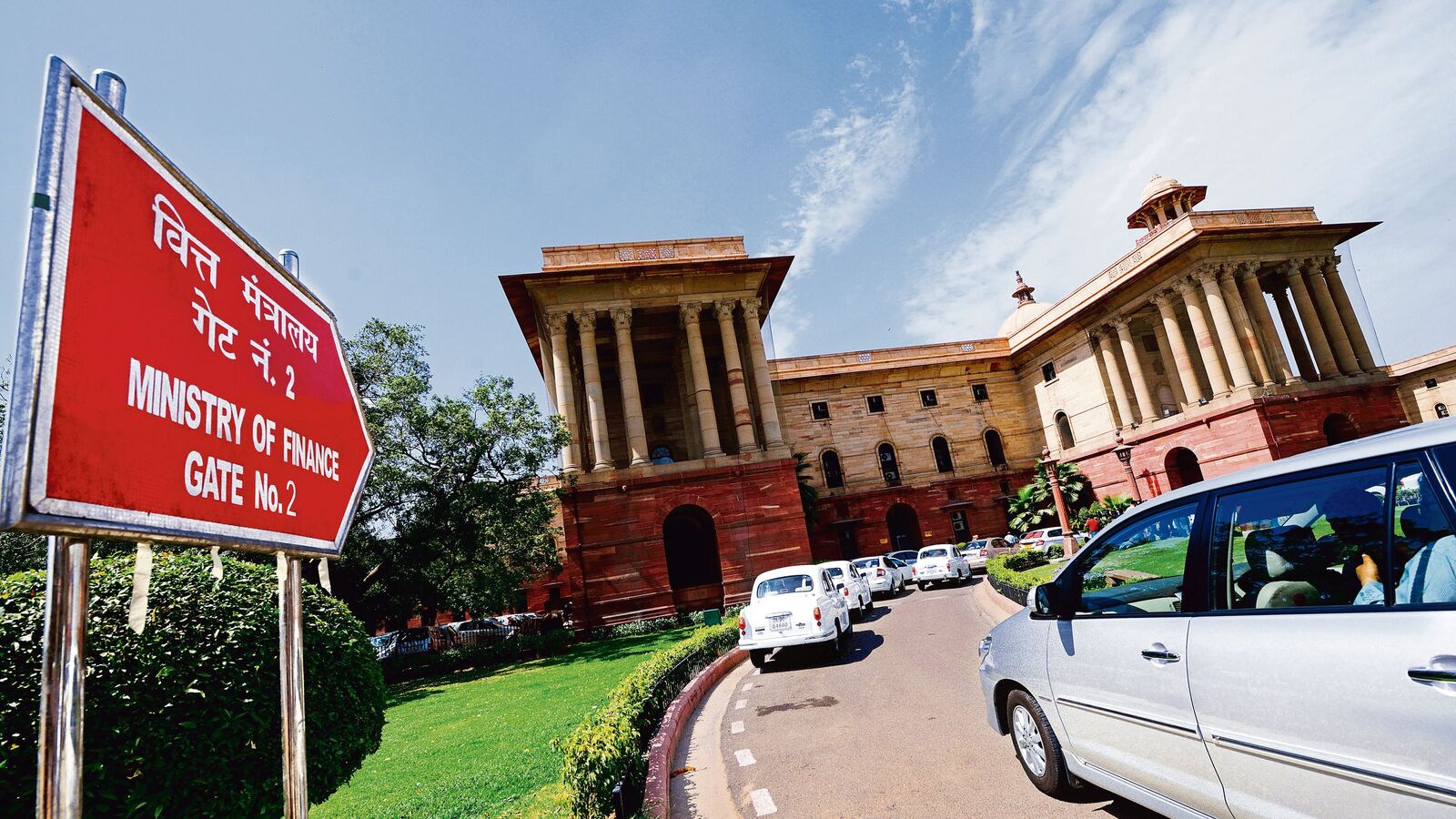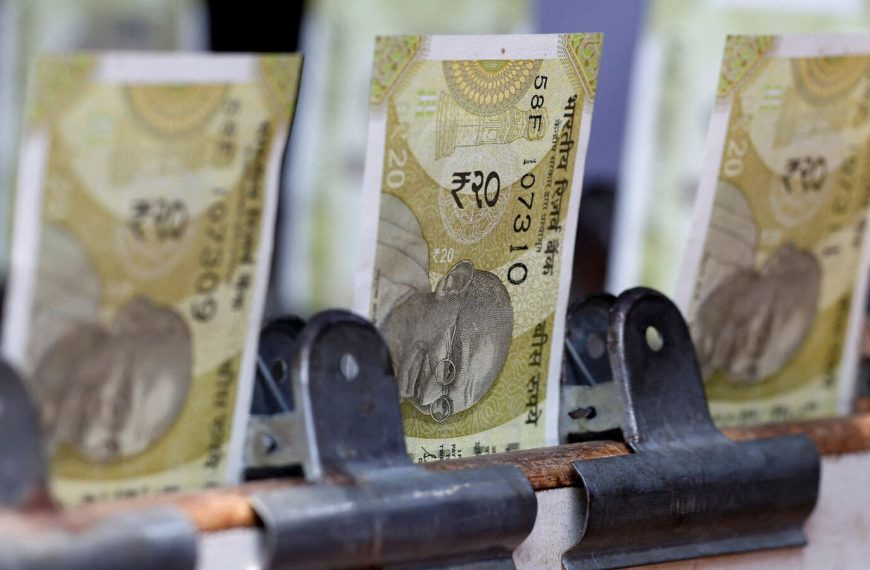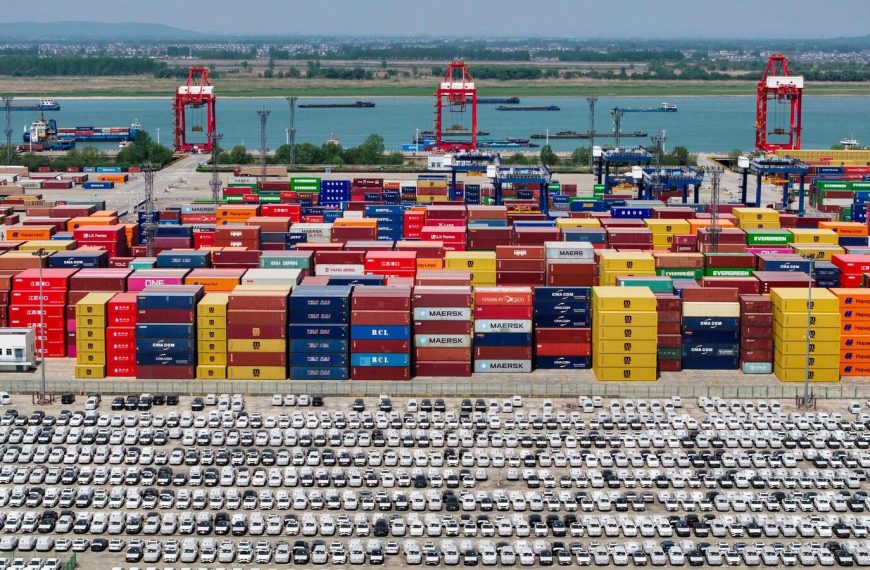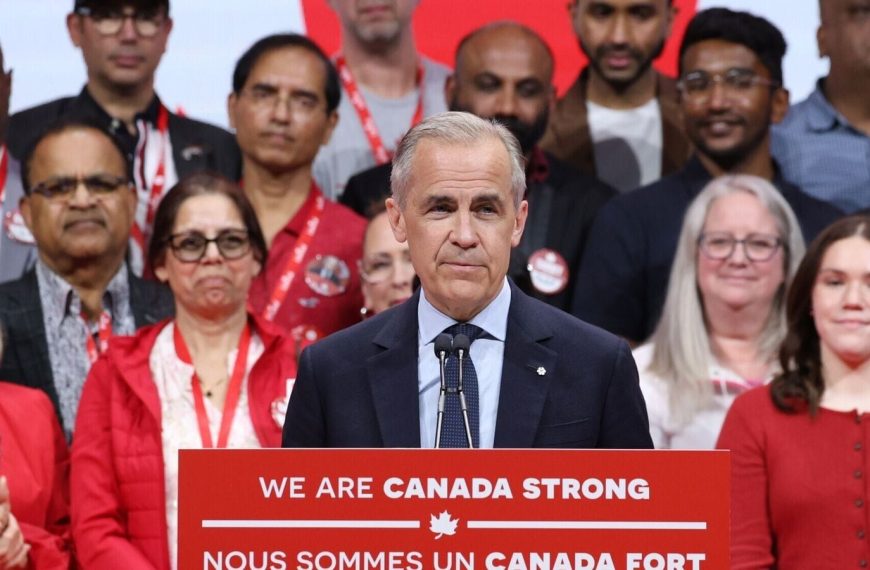India’s economic landscape remains robust and promising, even amidst global uncertainties and trade challenges. Recent insights from the Finance Ministry’s Economic Review for March reveal encouraging signs of growth as the country heads into the final quarter of FY25. With increasing Goods and Services Tax (GST) collections, heightened e-way bill generation, and a revitalized manufacturing sector, the indicators of economic activity are undeniably strengthening.
Key Economic Indicators Highlighting Growth
- Rising GST Collections: The uptick in GST collections reflects a solid consumer base and effective tax compliance.
- E-way Bill Generation: An increase in e-way bills indicates a surge in goods movement, showcasing enhanced trade activity.
- Consumer Sentiment: Improved consumer sentiment suggests that households are more optimistic about their financial situations, leading to increased spending.
The Economic Review, crafted by the Economic Affairs Department, points to a significant revival in the manufacturing sector. According to the Reserve Bank of India’s industrial outlook survey, there has been a noticeable uplift in production, order books, and capacity utilization.
Inflation Trends and Economic Stability
In a positive twist, inflation rates have seen a substantial decrease. Retail inflation dropped to 4.6% in FY25, a marked improvement from 5.4% the previous year, heralding the lowest levels in six years. This reduction is attributed to government measures and favorable agricultural yields that helped mitigate food costs. March 2025 marked the lowest year-on-year inflation rate since September 2019.
- March 2025 Inflation Statistics:
- CPI-based inflation fell to 3.34%, down from 3.61% in February.
- Food inflation decreased to 2.69%, a significant drop from 3.75% in the previous month.
While the overall inflation outlook appears promising, the ministry cautions that geopolitical uncertainties should be closely monitored.
Fiscal Consolidation and Growth Projections
The Economic Review emphasizes the government’s ongoing efforts towards fiscal consolidation, with the overall fiscal deficit gradually decreasing from its pandemic peak. This trend is crucial as it bolsters domestic savings for private sector investments and helps lower the cost of capital.
India’s economic growth for Q3FY25 was reported at 6.2%, an improvement from 5.6% in the prior quarter. To meet the National Statistical Office’s revised growth target of 6.5% for the entire fiscal year, substantial efforts are needed in the upcoming quarter.
However, recent adjustments from the International Monetary Fund (IMF) have lowered India’s growth forecast for FY26 from 6.5% to 6.2%, primarily due to the impact of tariffs from the U.S. This revision aligns with similar downgrades from other financial institutions, including the Asian Development Bank and Moody’s Analytics.
The Path Forward: Embracing Opportunities
The Economic Review underscores the necessity for timely actions from policymakers and businesses to sustain momentum and mitigate uncertainty. With a vast domestic market, India has the potential to create a positive cycle of investment, income growth, and increased demand.
In conclusion, while challenges remain, the current economic indicators present a unique opportunity for India to not only recover but thrive. As the country navigates these complexities, proactive measures will be essential to ensure sustained progress.











